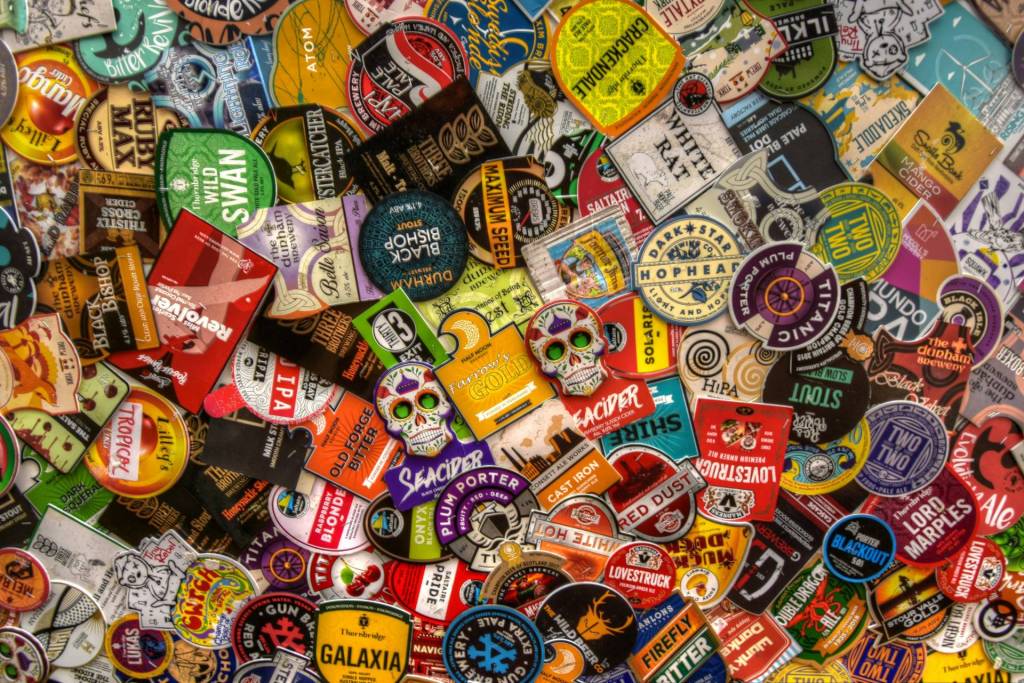Today, I spoke to Susan Gunelius, who is the President & CEO of Keysplash Creative. She is also the author of Building Brand Value The Playboy Way and Harry Potter: The Story of a Global Business Phenomenon. In this interview, Susan talks to us about branding lessons that she’s learned from two mega brands (Harry Potter and Playboy), the future of media and a lot of branding concepts that work.
What branding lessons can we learn from Playboy and Harry Potter?
I think the biggest similarity between the Playboy and Harry Potter brands is the importance of having a brand champion and brand guardian at the helm. Both Playboy and Harry Potter have two of the strongest brand champions and advocates leading the way — Hugh Hefner and J.K. Rowling. Both resolutely defend their brands just as much as they promote them.
Second, there is no doubt that allowing consumers to take control of your brand and experience it in their own ways is essential to building brand value, particularly in the 21st century. The Harry Potter brand grew at the hands of the social Web and word-of-mouth marketing among consumers who wanted to talk about it and find new ways to engage with it together. The Playboy brand grew at the hands of branded experiences that allowed consumers to engage with it and share it with other people. The tactics were a bit different, but the strategies were similar.
How does a brand (Playboy) associated with sex survive and flourish after all these years?
That’s actually one of the most interesting aspects of the Playboy brand story. Who would have thought over 50 years ago when Hugh Hefner launched Playboy (during a highly conservative time) that it would be such an immediate success and ultimately, become one of the most recognized brands in the world? The truth of the matter is the Playboy brand might be most closely associated with sex, but that’s really just a very small part of the full brand promise. In fact, that’s how Playboy has positioned itself against more sexually-explicit competitors over the years.
Furthermore, today, more Playboy merchandise is sold to women than men. That’s something most people would never have expected 50 years ago, but it shows the broad appeal of the brand. Different segments of Playboy consumers support the brand for different reasons. That’s why Playboy’s strategy to provide multiple ways for consumers to engage with the brand to meet their needs and wants has been successful for so long.
What do you think about the future of media? All online, all of the time?
I think there will be a place for print, audio and broadcast media for many more years, but the shift in accessing timely information has certainly taken hold. At the end of the day, different people still like to consume information in different ways. Certainly, the popularity of traditional media forms is waning as high-speed, widely available Internet access becomes the norm in modern countries. I think of it this way — as email, instant messaging, text messaging, and so on become more popular, people use the phone less frequently. However, phones aren’t going away anytime soon. People like different forms of communication and information consumption for varied reasons. I think we still have some time before a one-stop-shopping world of communication and information consumption exists.
What are the top three ways that Playboy built it’s brand?
The Playboy brand grew first through the innovative creation of branded experiences. Playboy Clubs, Playboy Casinos, Playboy Resorts, Playboy Stores, and more allowed people to self-select how they wanted to experience the brand and share it with others — leading to the second way Playboy built it’s brand — through relationships. Playboy is one of the strongest relationship brands, which people choose to experience in their own ways and to share with other loyal consumers as they choose. That leads to the third way Playboy built it’s brand, which is through extensions.
Not only were the branded experiences in clubs, casinos, etc. perfect ways to further build relationships between consumers and the brand, but further extensions into movies, DVDs, television, the Internet, merchandise, and so on shifted a 2-dimensional print publication into a full-scale lifestyle, which is exactly what Hugh Hefner envisioned for the original Playboy Magazine. His goal was to create a lifestyle magazine for men (nude photos were just a very small part of the original magazine concept) that depicted the lifestyle he wanted to live. Surrounding consumers with branded experiences and extensions and allowing them to take control of the brand and self-select how they wanted to engage with it further created the attainability of that desired lifestyle for consumers.
How did the success of Playboy build Hefner’s brand?
The two worked together interchangeably. Very early on in the Playboy lifecycle, Hugh Hefner made a conscious decision to live the brand promise of Playboy. He reinvented himself from a shy, private man to become the living embodiment of the Playboy brand. The reason I wrote this book was because I think Hugh Hefner is one of the ultimate brand champions and brand guardians that has ever lived. It’s quite possible that Playboy would not have survived and thrived into the 21st century had it not been for Hugh Hefner as the ultimate brand champion and guardian. Of course, it could also be argued that with Hugh Hefner as the face of the brand, the company suffered (Hef has said himself that he is not the best business decision maker).
However, his unwavering advocacy and protection of the brand he created was contagious. Even though the print magazine is suffering and a haphazard business plan has plagued the company in recent years, the Playboy brand remains one of the most recognized brands in the world. Without that recognition and value, the company would probably not still be standing. The truly interesting thing will be what happens to Playboy over the next 5 years. Can the powers that be at Playboy Enterprises leverage that brand equity to rebuild the company? It should be interesting to watch.
———
Susan Gunelius is the President & CEO of Keysplash Creative. She is the author of Building Brand Value The Playboy Way and Harry Potter: The Story of a Global Business Phenomenon. With nearly 20-years of marketing, branding and copywriting experience, Susan is a seasoned corporate professional having spent more than a decade developing and executing marketing programs for global and national organizations, including divisions of AT&T and HSBC. Susan’s corporate roles provided her with a solid background in various forms of writing. Some of the largest companies in the world have trusted her to write compelling advertising, marketing and business communications messages, and so can you. In addition to owning KeySplash Creative, Susan is a published author and active blogger (Susan owns one of the leading blogs for business women, Women On Business). Susan is also a featured columnist for Entrepreneur.com where she writes about copywriting and marketing communications, and her marketing-related articles have appeared on a variety of business media websites, including MSNBC.com, BusinessWeek.com, FoxBusiness.com, WashingtonPost.com, and more.












